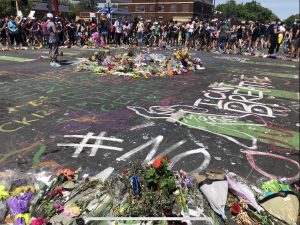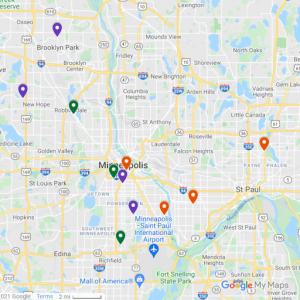 We are entering the season of Epiphany. This is the time in the church year when we celebrate the revelation, or epiphany, of Jesus to the nations. It is a celebration of the gift of Jesus becoming public and known to all. How might your congregation live into this spirit of Epiphany, seeking to celebrate the presence of Jesus in the public squares of our lives?
We are entering the season of Epiphany. This is the time in the church year when we celebrate the revelation, or epiphany, of Jesus to the nations. It is a celebration of the gift of Jesus becoming public and known to all. How might your congregation live into this spirit of Epiphany, seeking to celebrate the presence of Jesus in the public squares of our lives?
A local congregation’s ability to celebrate the presence of Jesus in the public square hinges on its ability to practice accompaniment with their neighbors. Although it might seem like a simple thing, it has actually proven to be incredibly intimidating.
We have seen many leaders and congregations struggle to initiate and sustain this practice of accompaniment beyond their church walls. There are many reasons why this happens.
- It’s scary to move into spaces and relationships that are new and unknown to us.
- It’s counterintuitive to encounter someone with the sole purpose of getting to know them rather than actively gaining something from them (i.e., a commitment to visit or join the church, information about what they want from the church, etc.).
- It feels unnatural because we don’t want to come across as pushy or too aggressive.
- It’s time consuming and none of us have extra time to do this intensive and slow work.
- It seems overwhelming and we don’t know where to start.
Accompaniment can be intimidating, but it has never been more necessary.
Continue reading “Accompaniment is Who We Are (you got this!)”










